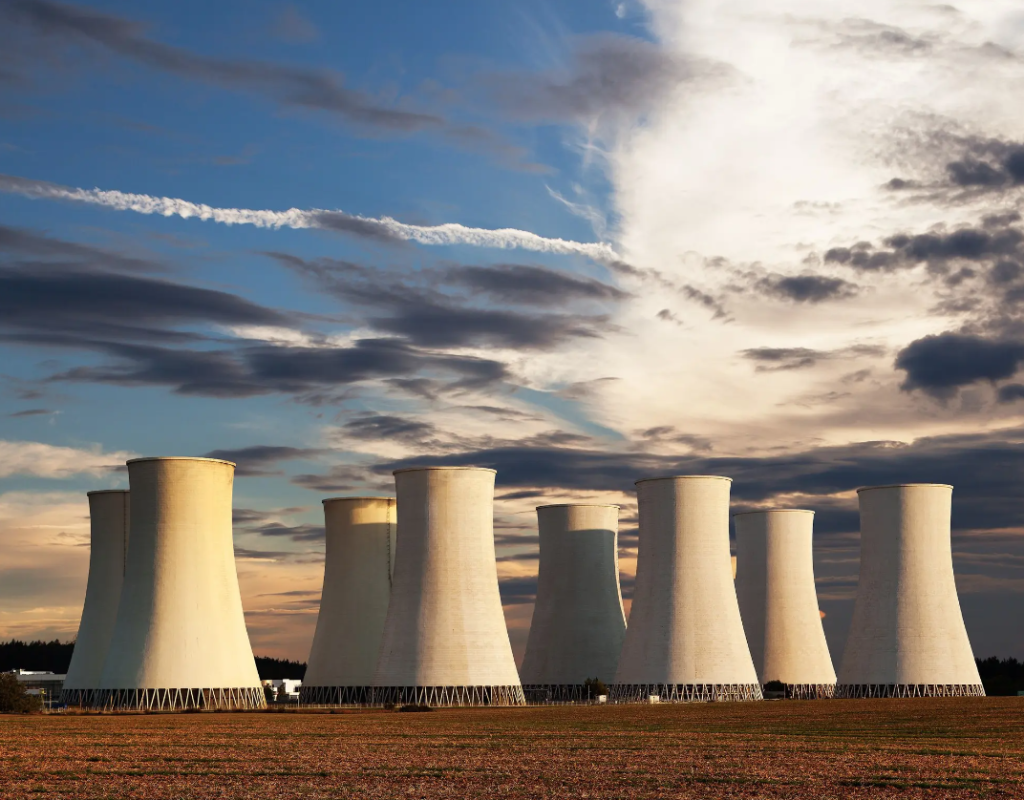Even France can say goodbye to the atom within 15 years
(sustainabilityenvironment.com) – Europe does not need new nuclear power plants nor prolong the life of those in operation today. Renewables, reductions in energy consumption and more flexibility thanks to storage, interconnections and demand-side measures are enough to achieve the decarbonisation targets without the atom. Sufficient prerequisites for planning the safe phase out of EU nuclear power abandoning the rhetoric of the atom as a necessary solution and overcoming the risks related to uncertainties about the timing and costs of the construction of new nuclear plants and the latest generation of nuclear technologies.
The growth of renewables and the decline in energy demand in Europe make the role of nuclear “redundant“, explains Cosimo Tansini of the European Environmental Bureau (EEB), which released today the Nuclear Phase-out How renewables, energy Savings and flexibility can replace nuclear in Europe. “Take Spain, where the surge in wind, solar and hydroelectric power has brought down electricity prices and forced energy companies to stop nuclear power to avoid financial losses,” Tansini illustrates. In conditions of low wind and sunlight, Tansini continues, the solutions available to give flexibility to the network “are in a better position than nuclear to integrate the energy mix“. Not to mention that “the increase in maintenance costs, fuel chain and decommissioning will further encourage the early withdrawal of nuclear power plants”.
Planning the nuclear phase out in the EU
The farewell to the atom is possible in an ambitious scenario such as the PAC – Paris Agreement Compatible developed by EEB and Climate Action Network (CAN) Europe, which provides for climate neutrality already in 2040 with a 100% energy mix composed of renewables.
Three assumptions of this scenario on the supply side of renewables. A strong reduction in energy demand achieved thanks to measures for energy efficiency and sufficiency (the deliberate and well-calibrated reduction in energy demand) and made sustainable by optimized demand management and more flexibility. A rapid spread of renewable energy, whose energy production costs “are lower than those of fossil fuels and nuclear energy” and “whose potential for decarbonisation is greater“. A mix of flexibility options between cross-border connections and storage, which “surpass nuclear in terms of cost efficiency and security of supply even when the production of renewable energy fluctuates”.
On the other hand, the hesitation and setbacks on the path that should lead nuclear power back to the heart of the European energy strategy. The share of nuclear in the European mix is small, only 12 of the 27 are producing countries, and the atom accounts for 10% of their combined final energy consumption. Furthermore, the nuclear fleet is ageing, with all but two installations dating from before 2000 and should therefore be shut down by 2030 at the latest. The life span is around 40 years, the average age of the 100 reactors in operation in the EU is 37 years. A decline that is reflected in the decline in nuclear generation for 20 years in the EU, from 860 TWh in 2000 to 619 TWh in 2023. No less important, the chapter costs: according to EEB, the increase of the costs of maintenance, those for the fuel and for the dismantling “should encourage the early closure” of the plants.
Would that be a sustainable transition?
Is it feasible, then, to phase out EU nuclear power? The report analyses the trajectory of the transition in the 12 EU countries that now house nuclear power plants and concludes that for all the share of generation from the atom can drop to zero by 2040 in a sustainable way, with the sole exception of France – which hosts 56 out of 100 reactors – where the share of nuclear energy in final energy consumption would remain just over 3%.
In the PAC scenario, final energy consumption is reduced by more than 25% between 2022 and 2030 (from 4951 to 3894 TWh), while the contribution of renewables more than doubles in the same period. A much greater increase in the reduction of nuclear energy production, which would be further stimulated by the parallel phase-out of fossils (-2000 TWh). Even if you take nuclear out of the equation, then, the trajectory – and feasibility – of a transition to 100% renewable does not change significantly.
Renewable energy production increases much more (1547 TWh) than would be needed to compensate for the decline in nuclear production (-500 TWh) between 2022 and 2040, EEB stresses, while the same reduction in energy demand (1974 TWh) is almost six times the amount needed to compensate for the reduction in nuclear production.
“Even in France, the country with the highest nuclear power capacity in the EU, total nuclear production in 2023 (320 TWh) is less than half of the reduction in energy demand foreseen by the PAC scenario (642 TWh) between 2022 and 2040,” the report specifies.

